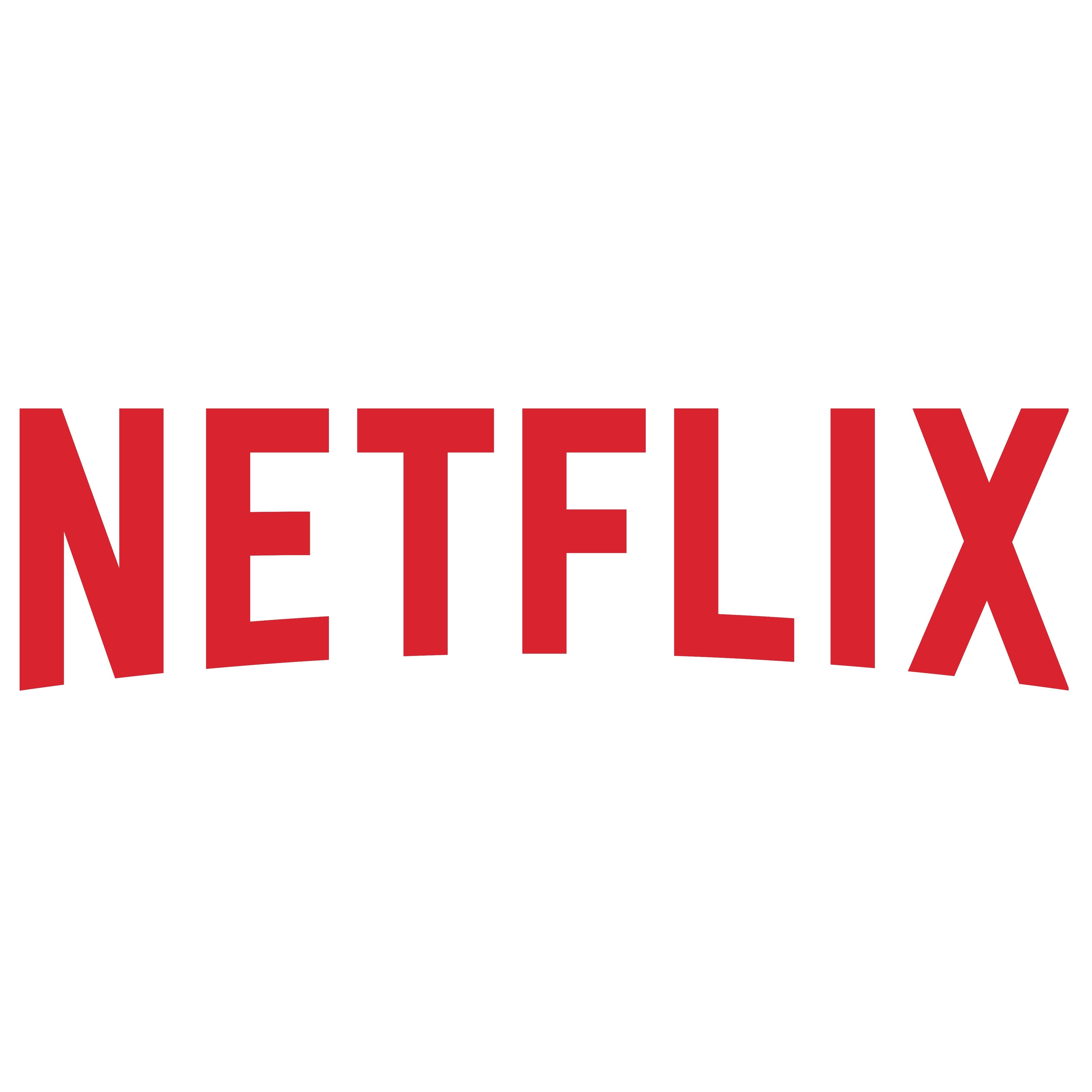
Netflix Inc. (NASDAQ: NFLX) is one of the top FANG stocks that saw its shares scream higher in 2015. The year 2016 is off to a different start. Netflix is down close to 15% so far in 2016 and down over 26% from its 52-week high. So what happens when you see Bank of America Merrill Lynch come out defending the stock and calling for over 65% upside?
The Merrill Lynch report focuses on the coming price hike in the United States as an issue that will test the consumer elasticity for the company’s unlimited price. Its unlimited grandfathered pricing of $7.99 Netflix plans will expire in the United States in June and October, increasing prices to $9.99.
While Merrill Lynch said that this will be the first true test of U.S. price elasticity for Netflix, the reality is that Netflix ran into trouble in prior years with its customer base when it tried to change plan structures.
One issue that was pointed out here is that the second quarter is Netflix’s seasonally weakest U.S. quarter. This comes with a warning that increased customer churn could actually result in the company’s first decline in net subscriber additions. Merrill Lynch did counter at least some of that risk by saying:
However, Netflix’s strong catalogue of original content and new first half of 2016 releases may minimize churn, as the value proposition of Netflix to the consumer has increased substantially compared to two years ago. In our view, Netflix at $9.99 is still a strong value to many consumers than more expensive paid TV plans.
Another issue is that they are looking for higher spending on content. VPN blocking was also posed as a risk that could affect subscriber numbers. Merrill Lynch’s report from Nat Schindler and Justin Post said:
As Netflix builds its international service, we estimate Netflix will increase its cash content spend by approximately $1 billion per year as Netflix licenses more international content and creates new original content. However, despite higher spend Netflix should gain leverage on a content cost per subscriber basis. The U.S. has almost 3-times the content of other major subscriber countries like Canada and the United Kingdom, and 10-times the content of some recent launch countries.
In the first quarter, Netflix began to actively block virtual private network (VPN) connections, which may cause international subscribers using VPN connections to churn off, putting first quarter subscriber estimates at risk. Increased global licensing will likely resolve the VPN issue long term, but we see potential for subscriber volatility in the next few quarters.
Merrill Lynch noted that Google Trends is actually pointing to positive data internationally, particularly in Europe. Asian countries are shown having a more muted response to Netflix. The report said:
While it is difficult to quantify the impact, increased Netflix search trends suggest growing consumer awareness and subscribers in the most important regions. We expect international growth to be dominated by more mature markets like Western Europe for the next few years, despite the global launch.
So, how does this all add up to 65% upside? The $98.00 recent close compares to Merrill Lynch’s $164 price objective. That objective is almost $40 higher than the consensus analyst target of $124.95, but what investors need to know is that Merrill Lynch has the highest official target price of all analysts in the Thomson/First Call universe.
The $164 price objective was based on a peak penetration sum of the parts valuation. Despite the potential subscriber challenges this year. Netflix’s high-quality original content is growing, and the firm expects that its value position to consumers continues to grow, driving subscriber growth.
Netflix shares were last seen up 1% at $99.00 on Thursday morning. Its 52-week range is $58.46 to $133.27 and its market cap is $42.5 billion.
Are You Still Paying With a Debit Card?
The average American spends $17,274 on debit cards a year, and it’s a HUGE mistake. First, debit cards don’t have the same fraud protections as credit cards. Once your money is gone, it’s gone. But more importantly you can actually get something back from this spending every time you swipe.
Issuers are handing out wild bonuses right now. With some you can earn up to 5% back on every purchase. That’s like getting a 5% discount on everything you buy!
Our top pick is kind of hard to imagine. Not only does it pay up to 5% back, it also includes a $200 cash back reward in the first six months, a 0% intro APR, and…. $0 annual fee. It’s quite literally free money for any one that uses a card regularly. Click here to learn more!
Flywheel Publishing has partnered with CardRatings to provide coverage of credit card products. Flywheel Publishing and CardRatings may receive a commission from card issuers.
Thank you for reading! Have some feedback for us?
Contact the 24/7 Wall St. editorial team.
 24/7 Wall St.
24/7 Wall St.



